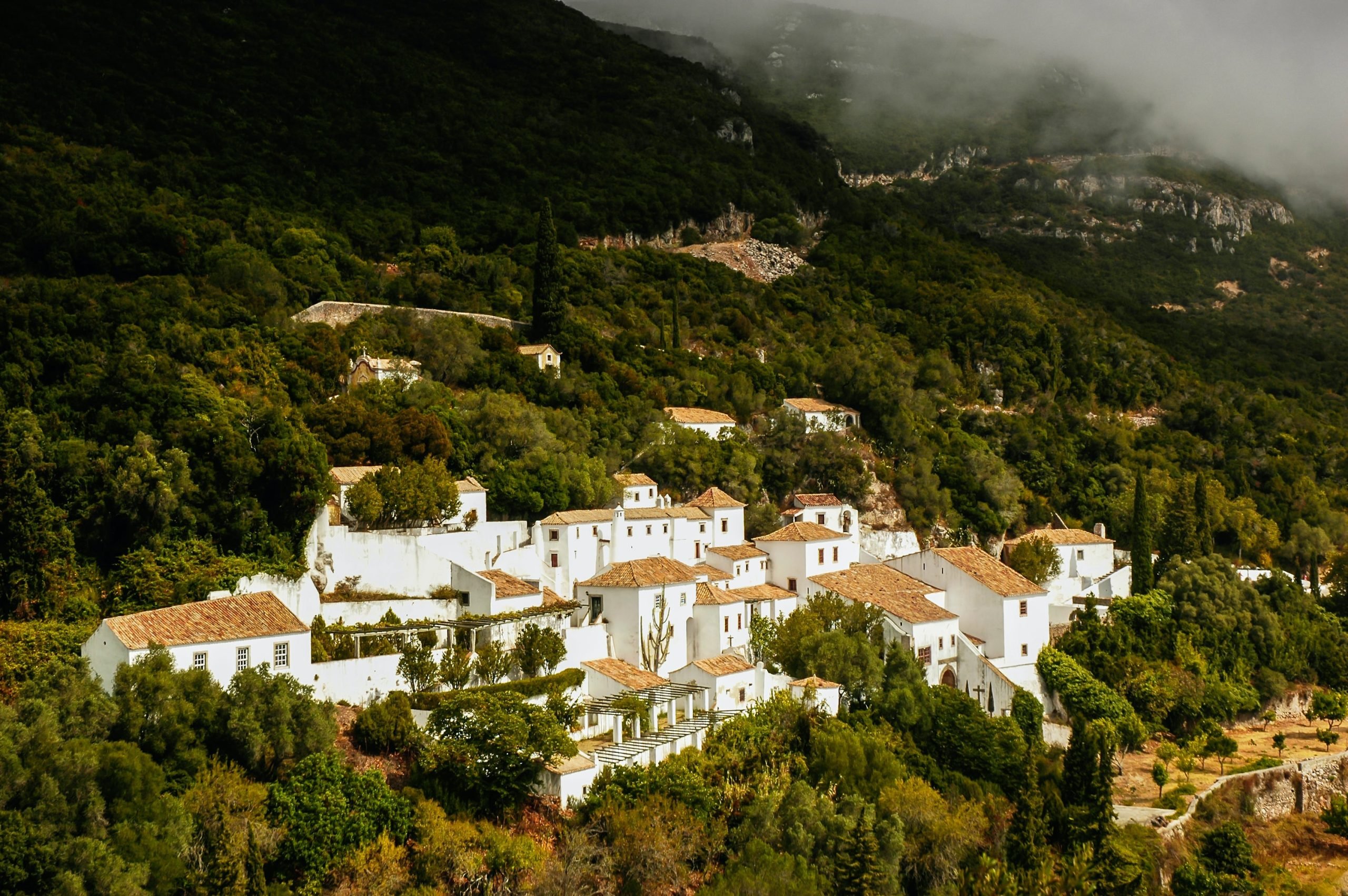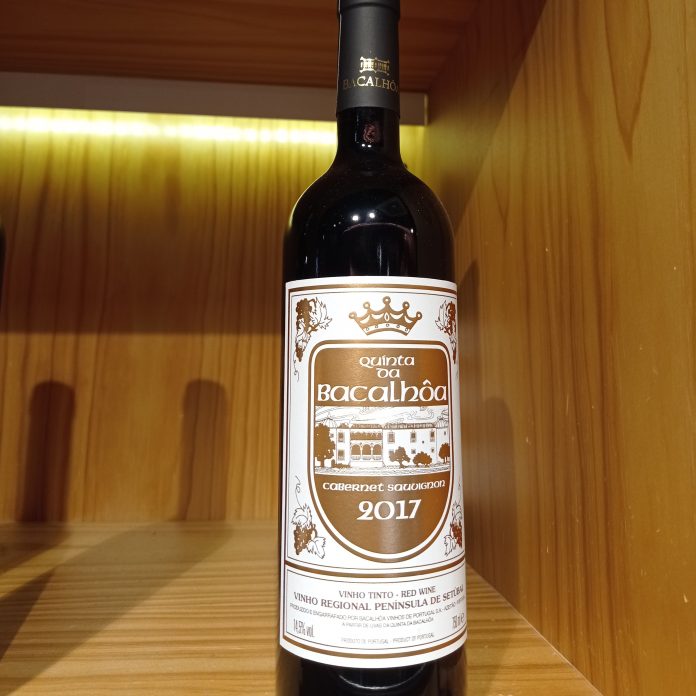In the amazing Setúbal and Tróia peninsula, sits a wine region that has a long history and importance to Portugal and has been getting more and more prestige recently.
The Setúbal region is divided among the DOC Setúbal, reserved for the Moscatel wines, and the DOC Palmela, as well as the Geographical Indication (IG) of Península de Setúbal.
This region is starting to become a very looked-after tourist destination, namely because of the amazing natural places it has, such as the National Parks of Arrábida and Marinho D. Luís Saldanha (the first one, being considered for recognition as a Natural and Cultural Heritage of Mankind), the Natural Reserve of the Sado Estuary, the Protected Landscape of Arriba Fóssil da Caparica. Besides this, the region is also known for its diversity and history, filled with amazing historic buildings and great tourist infrastructures.
The touristic importance of the place is complemented by the importance of its wine, with a lot of people doing wine tourism in the region. The region is known for its wonderful wines that have played a leading role in the history of wine in Portugal.
Its main variety would probably be the Moscatel de Setúbal, one of Portugal’s most known and renowned wines! This is a Portuguese muscatel wine produced in this region, around the actual municipality of Setúbal. Its history dates back a long time and its impact still lingers on Portuguese history.
History of Setúbal Wine
The wine production in this region goes back a long way, with the probability of this being the first wine-producing region in what is now Portugal.
Firstly, it was thought that it was brought to the region by the Phoenicians, around 2400 years ago, who used to trade in the region, namely on the estuaries of the rivers Sado and Tejo. The trade would usually consist of the Phoenicians trying to get metals and exchanging this for products such as wine and olive oil vases.
Then, it was thought that maybe it was the Tartessians that started planting vineyards and producing wine in the region, entering through the Sado river around the year 2000 BC.
However, more recently, there were grape seeds found in the Setúbal peninsula dating back to the 8th century BC. This shows that there was an ancient culture of grapes in the region! Nonetheless, it is not known if these grapes were used for wine-making.
But what is known is that, from the arrival of wine to the region until now, this has been a well-known production of Setúbal from then on. The other cultures that have passed through there have consumed and produced the Setúbal wine, such as the Greeks, the Romans, and even the Muslims, who let the Christians living in the land produce, consume and trade the wine.
Finally, Portugal, as we know it now, was created, and wine has still been cultivated in the region. The Setúbal Peninsula became a well-known wine-producing region both in Portugal and the surroundings. From the 12th until the 15th centuries, the region also became a main wine-exporting place, especially due to the advances made by the religious order that had taken the wine production for themselves.
The Muscatel wine, produced in Setúbal from times immemorial, became known throughout Europe. Its fame started when, in the 14th century, the English king Richard II started to regularly import the ‘Moscatel de Setúbal’.
In the 15th and 16th centuries, during the Portuguese expansionist period, the wine would travel with the Portuguese sailors to India, Brazil, Angola, and the other colonies. Sometimes, the wine would be exposed to the hot sun of these regions or immersed in the heated water that would flood the bottom of the ships. This, surprisingly, increased the already great quality of this fortified wine, creating the ‘Vinho da Roda’ or ‘Torna Viagem’ (Wheel Wine or Round Trip). This happened too with other fortified wines, like the Madeira wine.
Then, in the 17th century, during the reign of Louis XIV of France, its prestige only grew, with the king being known to have this wine always present at his parties in Versailles. Léon Douarche, a French wine connoisseur, refered to the Moscatel de Setúbal as “The Sun in a bottle”.
The region was also known, in the 19th century for having the largest continuous vineyard in the world, with around 4000 hectares of vineyards in a single farm, all belonging to one producer.
Nowadays, this region’s farms have been known for making very good and prestigious wines and winning multiple international competitions, with the vineyards overall occupying an area of around 8000 hectares.

The Moscatel de Setúbal
The most well-known wine type of the region is obviously the Moscatel de Setúbal. It has always been a great wine, renowned national and international, as we’ve seen.
Being a fortified wine, like, for example, the Port wine, it shares some similarities. However, unlike the Port, the Moscatel de Setúbal is wood aged until it’s bottled.
It can be made out of a single vintage grape variety or of a “non-vintage” one, with a blend of several vintages. The wine tends to be at the freshest and fruitiest point, with more pronounced apricot notes, at around 5 to 6 years of age. The older they are, the darker they become, with more aromas and flavors of raisin, caramel and nut.
Moscatel is the only wine that can be produced with the DOC Setúbal denomination, more specifically wines of the Moscatel de Setúbal and Moscatel Roxo variety. These are the traditional varieties of the region and the DOC wines should have a high percentage of these grapes in them.
Soil and Climate in Setúbal
There are mainly 2 types of landscape in the Setúbal wine region: one very hilly one, with vineyards on the limestone and clayey-calcareous slopes of the Serra da Arrábida; and another one very flat or undulated, where the soil is mostly sandy and poor, but adapted very well to the production of high-quality vines.
As for the climate, it’s a Mediterranean one, very tempered, with hot and dry summers, as well as mild but rainy winters with high humidity, due to its proximity to the sea. Only in the region closest to the Serra da Arrábida (because of the high altitude) does the climate get a more Atlantic feel to it.
Grape Types in Setúbal
The main red wine grape types used in the Setúbal region are Trincadeira and Castelão, also known as Periquita (this one usually used for the red Palmela wines, since it does best in Palmela’s warm and loose sandy soil, making the wine get a very good depth and complexity).
The Castelão wines are usually more structured and with fruity flavors, such as cherry, currant acorn chestnut, candied plum, blackberry, and raspberry aromas. They are wines with great aging potential.
As for white wines, it’s usually Arinto, Fernão Pires, and Moscatel Graúdo, this last one is mainly used for fortified wines.
To be awarded the DOC seal of Moscatel de Setubal, the wines must be mainly made out of Muscat of Alexandria or Moscatel Roxo grapes. It can, however, have up to 30% of other grape types in the mix, such as Arinto, Boais, Diagalves, Fernao Pires, Malvasia, Olho de Lebre, Rabo de Ovelha, Roupeiro, Talia, Tamarez and Vital.
As for the DOC Palmela, the approved grape types include Alfrocheiro, Arinto, Cabernet Sauvignon, Fernao Pires, Muscat of Alexandria, Periquita, Rabo de Ovelha, Roupeiro, Tamarez and Tinta Amarela.
Setúbal Wine Suggestions: Best Setúbal Wine
If you want to try this wine, here’s some brands that you should try, according to the 2021 competition made by the Península de Setúbal Wine Region Comission:
- José Maria da Fonseca (Moscatel)
- Casa Ermelinda Freitas (more specifically, the ‘Terras do Pó’ white wine)
- Adega de Palmela
- Bacalhôa
3 Best Setúbal Wine Tasting Tours
1. Sesimbra and Arrábida National Park Tour with Wine Tasting
Make the most out of this trip to the incredible Setúbal region! See the amazing Arrábica Natural Park, the famous beaches of Portinho da Arrábida and Figueirinha and the Arrábida Mountain, as well as the fishing town of Sesimbra and its Moorish castle.
Finally, head to the vineyards to see how the region’s wine is made and, obviously, taste the surely amazing results!
Book Sesimbra & Arrabida Tour with Wine Tasting
2. Private Van Tour Arrabida and Wine Tasting
Start the trip in Lisbon and cross the longest bridge in Europe, the Vasco da Gama Bridge, to get to the Setúbal Peninsula. Visit the towns of Palmela, Setúbal and Sesimbra while eating the traditional food and tasting the Moscatel de Setúbal.
Then, in Azeitão, before visiting this noble village, visit one of the oldest wineries in the region and enjoy another wine tasting.
Book Private Van Tour Arrabida & Wine Tasting
3. Setubal Wine Tour to Two Wineries Private Tour
This is a trip completely dedicated to wine! Visit the two largest wineries in the region, with a guided tour of both of them where you will learn about their histories, the families, and traditions while tasting up to 5 different wines that they produce (one of them being the famous Moscatel Roxo). You will have the opportunity to buy the wine afterward and the regional cheeses that go great with them, directly from the producers.
Book Setubal Wineries Private Tour


